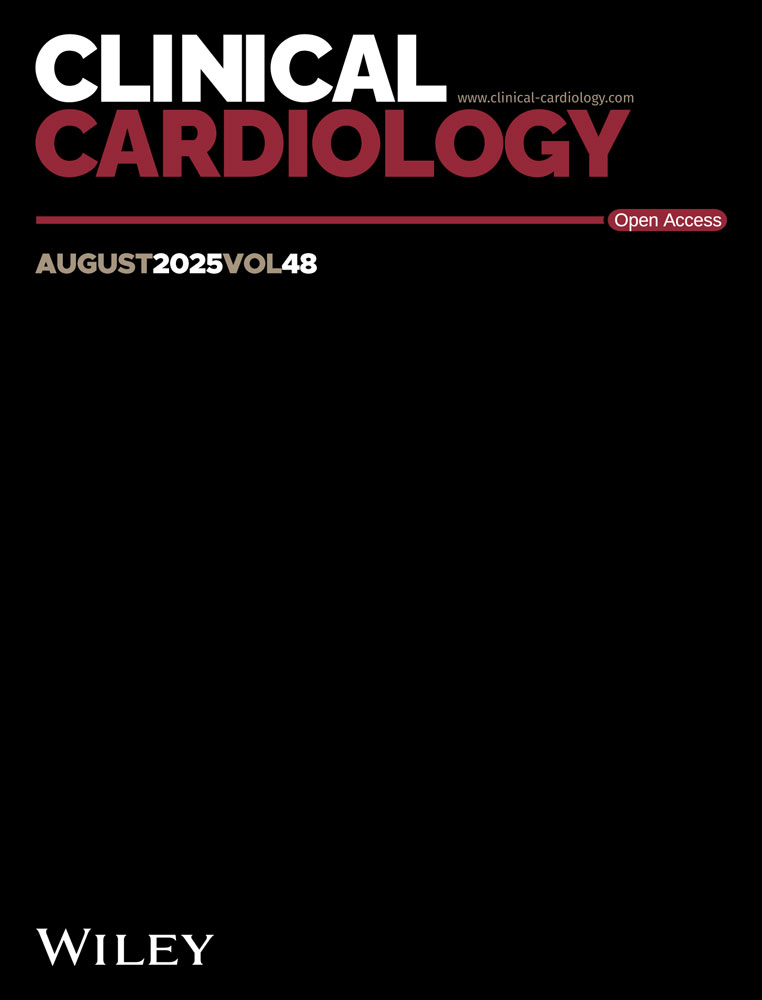Accelerated plasminogen activator inhibitor may prevent late restenosis after coronary stenting in acute myocardial infarction
Abstract
Background: Although acceleration of plasma plasminogen activator inhibitor-1 (PAI-1) level after emergent coronary angioplasty in acute myocardial infarction (AMI) has been documented, its pathophysiologic role is still unknown.
Hypothesis: This study was designed to elucidate the role of PAI-1 in the development of restenosis after primary coronary stenting in AMI.
Methods: We selected for this study 66 patients with AMI, who underwent primary coronary stenting for infarct-related coronary artery lesions in an emergent situation. In all patients, plasma PAI-1 level was measured at admission, and at 3 h, 24 h, 48 h, and 1 month after coronary stenting.
Results: At admission, the PAI-1 level was equivalent in 24 patients who experienced restenosis and in 42 patients without restenosis (28 ± 4 vs. 29 ± 4 ng/ml). In patients with restenosis, the levels did not change during the course after coronary stenting. In patients without restenosis, however, the level significantly increased at 3 h (48 ± 9 ng/ml, p < 0.001), 24 h (42 ± 9, p < 0.01), and 48 h (38 ± 7, p < 0.05) after coronary stenting, and was restored to the level equivalent to that at admission (27 ± 2 ng/ml) 1 month after coronary stenting. The PAI-1 level at 3 h after coronary stenting in patients without restenosis was significantly higher (p < 0.05) than the level (33 ± 6 ng/ml) in patients with restenosis. Multiple logistic regression analysis indicated that the PAI-1 level 3 h after coronary stenting was an independent predictor of restenosis (Wald x2 = 3.826, p = 0.019, odds ratio 0.921, 95% confidence interval 0.866-0.961).
Conclusion: Accelerated PAI-1 after coronary stenting in patients with AMI may protect against the development of late restenosis.




